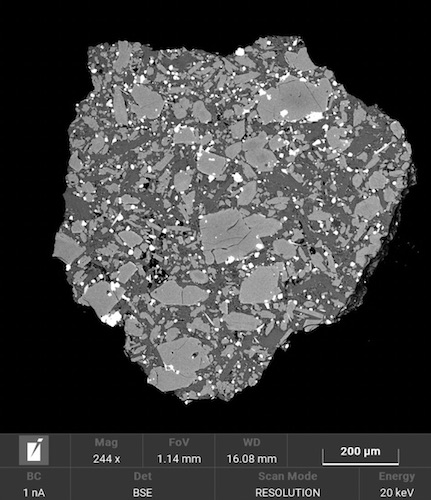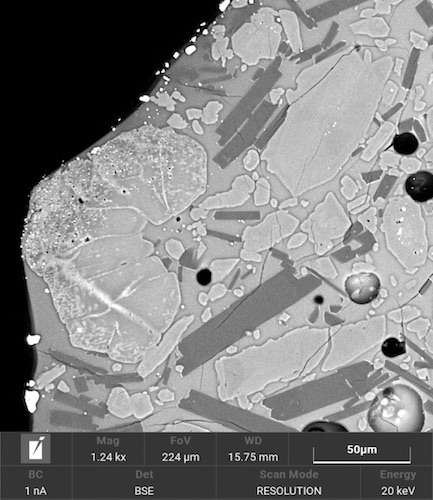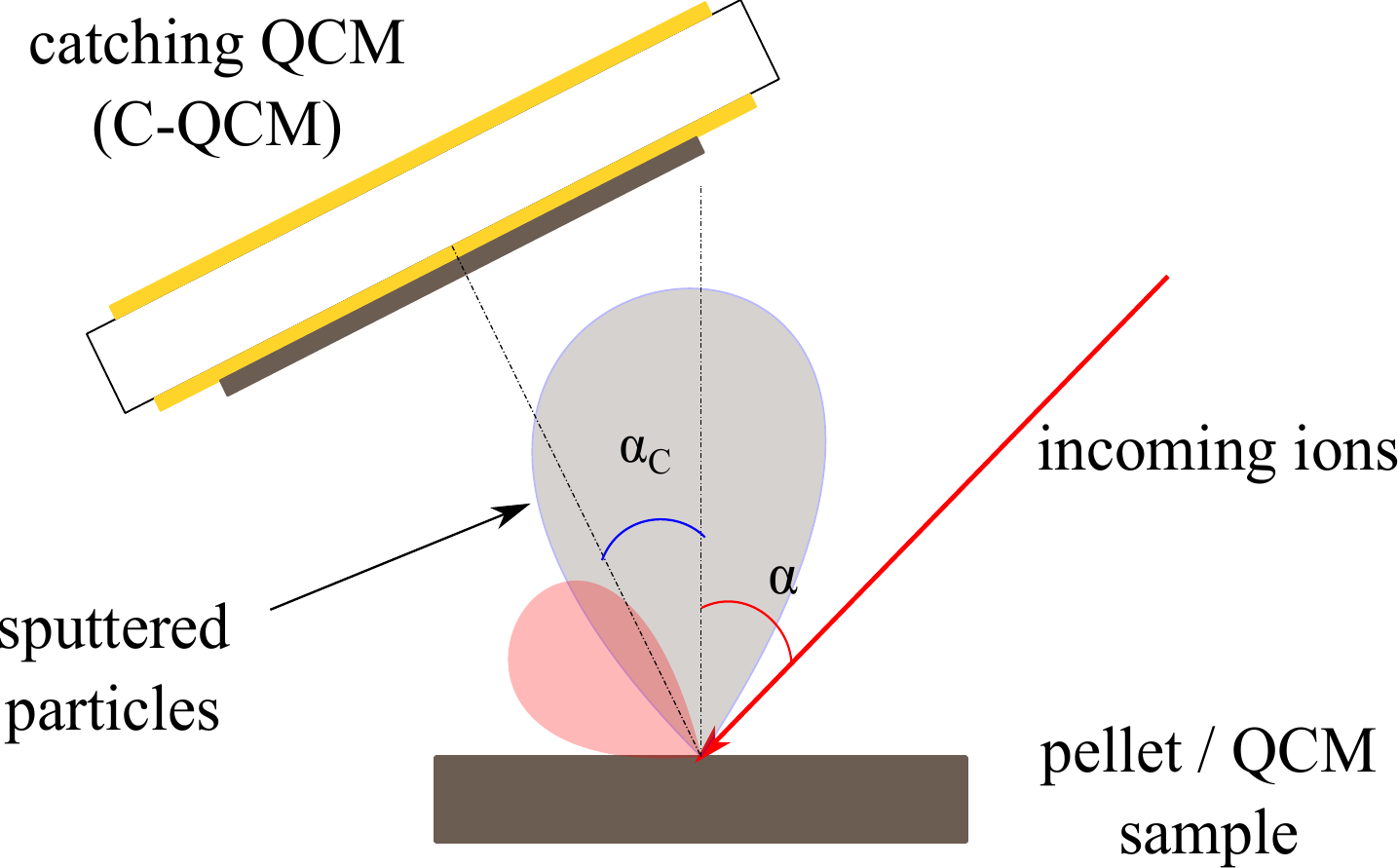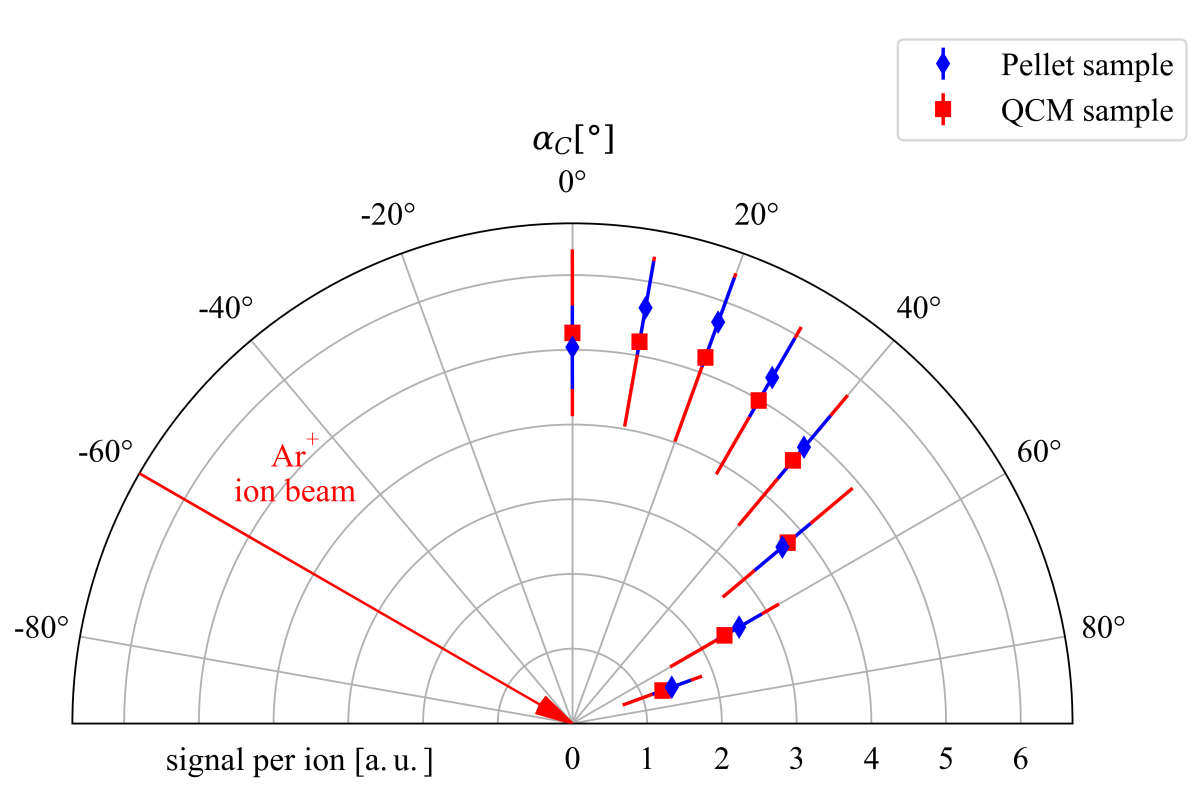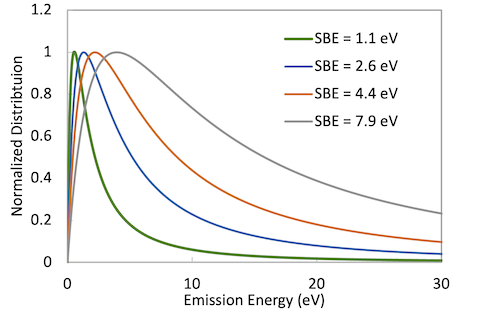Introduction: Solar wind ions and impacts of micrometeoroids are the leading processes that weather the surface of airless planetary bodies in the solar system. As a result, key diagnostic features of their spectra get altered. The most prominent changes in the silicate-rich bodies in the visible (VIS) and near-infrared (NIR) wavelengths are increase in the spectral slope, reduction of the albedo, and subduction of the mineral absorption bands (see, for example, Hapke 2001).
Our work aims at understanding what are the similarities and differences between the effect of the solar wind ions and micrometeoroid impacts on the final spectra of the silicate-rich bodies. Our study is based on laboratory simulations using planetary analogue materials.
Methods: We have used two different terrestrial minerals, olivine and pyroxene. Each material was ground and dry-sieved to sizes smaller than 106 μm. Subsequently, we created pressed pellets from potassium bromide, which served as a base, and 100 mg of the mineral, which created the top layer of the pellet.
Ion irradiations were conducted at two different laboratories. Hydrogen irradiations proceeded at the Accelerator Laboratory of the University of Helsinki, using 5 keV ions with varying fluences from 1014 to 1018 ions/cm2. Subsequent spectral measurements were done out of the vacuum chamber after surface passivation of the samples. Helium and argon irradiations were done using the INGMAR set-up (IAS-CSNSM, Orsay) with 20 and 40 keV ions and with fluences from 1015 to 1017 ions/cm2. Spectra were measured in the vacuum chamber, where we irradiated the samples.
Individual 100-fs laser pulses were shot into a square grid on the pellets’ surface to simulate the micrometeoroid impacts (as in Fazio et al. 2018). Various densities of the pulses per cm2 simulated different weathering stages. Spectral measurements were done outside of the vacuum chamber.
The spectral measurements covered, in all the set-ups, wavelengths from 0.54 to 13 μm, i.e. VIS to mid-infrared wavelengths. After the measurements, we evaluated the evolution of the spectral parameters estimated using the Modified Gaussian Model (Sunshine et al. 1990, 1999).
Results: Variation of the spectra in the VIS range was similar for H+- and laser-irradiated samples, but we have identified a difference in the NIR wavelength range. Laser irradiation caused greater changes in NIR than any of the ions we used, see Fig. 1. The reason for such difference in behaviour may be the different penetration depth of the irradiating ions and laser pulses. While laser penetrates approximately 100 μm under the surface of the pellet, our ions did not penetrate deeper than 150 nm. Spectra of the laser-irradiated samples thus bear information solely from the irradiated material, while spectra of the ion-irradiated samples are a mixture of the top-most altered layers and the unaltered underlying layers. The relative contribution of the irradiated material is then smaller in the ion case.
Otherwise, we found that the original mineralogy of the pellet is more determinative to the evolution of the spectral parameters than the space weathering agent (ions or laser pulses). While olivine and pyroxene showed albedo variations of a similar order, the evolution of pyroxene’s spectral slope was negligible when compared to olivine, see Fig. 2.


Implications to the solar system studies: Evolution of the spectral parameters of our pyroxene samples agrees with the observed space weathering trends on asteroid (4) Vesta, which shows prominent albedo changes but the spectral slope is stable. Rapid changes of olivine’s spectral slope are in agreement with the high observed slopes in the A-type asteroid population. Our weathering trends also agree with the Q- to S-type asteroid transition.
The difference we found between the influence of the ion and laser irradiation on the NIR wavelengths may help us in estimating the surface exposure ages of different geomorphological features in the solar system bodies. Solar wind ions are known to alter the surface on shorter timescales than the micrometeoroid impacts. At the beginning of the surface’s evolution, the NIR wavelengths will thus not be much influenced and as the contribution of the micrometeoroid impacts will grow, the NIR wavelengths will start to evolve. Based on that we may give an estimate on the surface age by studying the NIR range.
As we have seen, olivine’s spectral slope evolves faster and significantly more than pyroxene’s. This has implications for olivine-pyroxene mixtures and their evolution. E.g. in the case of asteroid (433) Eros, the variation of the spectral slope is minor, but other spectral parameters show some variation. As the surface of Eros is old, we hypothesise that spectral slope changes induced by olivine alteration already saturated and the leading source of the spectral variation is pyroxene, which does not show large variations in the slope. In contrast asteroid (25143) Itokawa is younger and thus still shows variations in the spectral slope as it has not saturated yet.
Acknowledgements: This work was supported by the University of Helsinki Foundation and the Academy of Finland project nos 325805, 1335595 and 293975, and it was conducted with institutional support RVO 67985831 from the Institute of Geology of the Czech Academy of Sciences. The authors acknowledge funding from Charles University (Project Progres Q47). Part of the irradiation was performed using the INGMAR set-up, a joint IAS-CSNSM (Orsay, France) facility funded by the French Programme National de Planétologie (PNP), by the Faculté des Sciences d’Orsay, Université Paris-Sud (Attractivité 2012), by the French National Research Agency ANR (contract ANR-11-BS56-0026, OGRESSE), and by the P2IO LabEx (ANR-10-LABX-0038) in the framework Investissements d’Avenir (ANR-11-IDEX-0003-01).
References: Fazio, A., Harries, D., Matthäus, G., et al. 2018, Icarus, 299, 240; Hapke, B. 2001, J. Geophys. Res., 106, 10039; Sunshine, J. M., Pieters, C. M., & Pratt, S. F. 1990, J. Geophys. Res., 95, 6955; Sunshine, J. M., Pieters, C. M., Pratt, S. F., & McNaron-Brown, K. S. 1999, in Lunar and Planetary Inst. Technical Report, Vol. 30, Lunar and Planetary Science Conference, 1306



